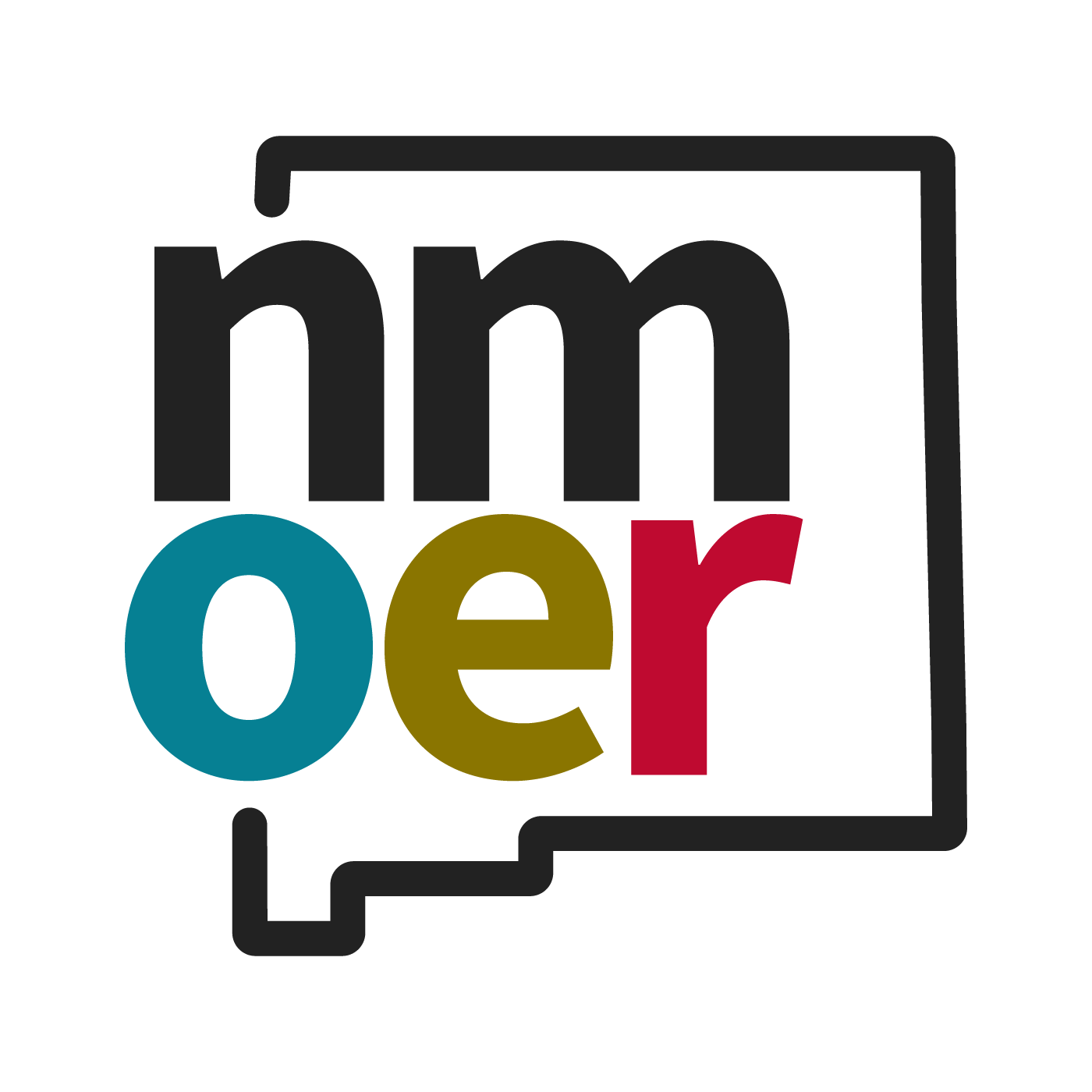Lección 4.1
La Familia y Rutinas Diarias (The Family and Daily Routines)

Freepik
In this chapter, you will continue building your foundation in Spanish by communicating about family and daily routines which are very important to the culture. In order to be able to communicate about family and daily routines, you will describe people and things using adjectives and adjective agreement. You will indicate possession using possessive adjectives like ‘mi’ (my), and ‘tu’ (your) to better describe certain people and things. You also will be able to indicate possession using possessive pronouns like ‘mía’ (mine) and ‘suyo’ (hers) in order to better understand what belongs to who. You will conjugate reflexive verbs in order to better express your daily routine since most of what you do in the morning is communicated using verbs that are reflexive. You will use direct object pronouns to be able to substitute direct object nouns with ‘lo’ (him), ‘te’ (you), and ‘nos’ (us) which will make you sound more fluent since you don’t have to keep repeating the noun in every thought. You will be learning how to construct comparison phrases in order to be able to make comparisons about people, places and things. Knowing how to use comparisons will help broaden your communication skills and your ability to express more complex thoughts in Spanish. You will also learn the numbers from 100 on. This will help to communicate years that events take place and express large values.
By the end of this chapter, you’ll be able to start talking about family and daily routines and comparing cultural aspects of Colomia with your own. You’re not just learning the language, you’re experiencing the culture. ¡Buen provecho, familia!
Vocabulario
La familia nuclear — Nuclear family
Interactive dialog cards for immediate family vocabulary.
La familia extendida— Extended family
Interactive dialog cards for extended family vocabulary.
La familia política — In-laws
Interactive dialog cards for in-laws vocabulary.
Estado civil — Marital Status
Interactive dialog cards for marital status vocabulary.
Más vocabulario
Additional vocabulary practice.
Verbs
Interactive dialog cards for common verbs.
Actividades
Actividad 4.1-1 — Memory Game
Memory matching game for family vocabulary.
Actividad 4.1-2 — Fill in the Blanks
Fill in the blanks with appropriate family or routine vocabulary.
Describing People and Things using Adjectives
Adjectives are words that describe people, places and things and help us talk about what something is like. In Spanish, learning how to use adjectives is especially important because they have to match to or agree with the noun that they describe in both gender (masculine/feminine) and number (singular/plural). Learning common adjectives and how to use them, helps describe family and friends, give opinions on what things are like which will expand your vocabulary and continue to help add to your conversational skills. Below is a comprehensive list of descriptive adjectives divided into ‘Colors’, ‘Describing Personality’, ‘Describing Physical Appearance’, ‘Describing Emotions and Conditions’, ‘Describing Objects or Things’ and ‘Other Useful Adjectives’.
Actividades
Actividad 4.2-1 — Colors
Dialog cards for color adjectives.
Actividad 4.2-2 — Describing Personality
Dialog cards for personality adjectives.
Actividad 4.2-3 — Describing Physical Appearance
Dialog cards for physical appearance adjectives.
Describing Emotions and Conditions
| Español | English |
|---|---|
| Feliz | Happy |
| Triste | Sad |
| Enojado/a | Angry |
| Cansado/a | Tired |
| Enfermo/a | Sick |
| Preocupado/a | Worried |
| Emocionado/a | Excited |
| Aburrido | Bored |
| Nervioso/a | Nervous |
| Contento/a | Content |
| Tranquilo | Calm |
| Ocupado/a | Busy |
| Libre | Free (not busy) |
Describing Objects and Things
| Español | English |
|---|---|
| Grande | Big |
| Largo | Long |
| Corto/a | Short |
| Ancho/a | Wide |
| Estrecho/a | Narrow |
| Mucho/a | A lot / Much |
| Poco/a | A little / Few |
| Todo/a | All |
| Varios/as | Several |
| Pequeño | Small |
| Nuevo/a | New |
| Caro/a | Expensive |
| Barato/a | Cheap |
| Fácil | Easy |
| Difícil | Difficult |
| Rápido/a | Fast |
| Lento/a | Slow |
| Fuerte | Strong |
| Suave | Soft |
| Duro/a | Hard |
Describing Nationalities
| Español | English |
|---|---|
| Colombiano/a | Colombian |
| Mexicano/a | Mexican |
| Argentino/a | Argentine |
| Chileno/a | Chilean |
| Venezolano/a | Venezuelan |
| Spanish | Español |
| Estadounidense | Of the United States |
| Americano/a | American |
| Norteamericano/a | North American |
| Sudamericano/a | South American |
| Cubano/a | Cuban |
| Dominicano/a | Dominican |
| Puertorriqueño/a | Puerto Rican |
| Brasileño/a | Brazilian |
| Canadiense | Canadian |
| Francés | French |
| Alemán | German |
| Italiano/a | Italian |
| Chino | Chinese |
| Japonés | Japanese |
| Coreano | Korean |
| Inglés | British/English |
| Irlandés/a | Irish |
| Egipcio/a | Egyptian |
| Marroquí | Moroccan |
| Ruso/a | Russian |
| Ucraniano/a | Ukrainian |
Other Useful Adjectives
| Español | English |
|---|---|
| Mucho/a | A lot |
| Bueno/a | Good |
| Malo/a | Bad |
| Mejor | Better |
| Peor | Worse |
| Mismo/a | Same |
| Diferente | Different |
| Importante | Important |
| Interesante | Interesting |
| Famoso/a | Famous |
| Popular | Popular |
It is important to note that some descriptive adjectives end in o/a and follow gender rules, but there are others like ‘feliz’ that can be used for both feminine and masculine nouns. It is also important to note that adjectives follow the noun they describe, which is the opposite of what is done in English.
Agreement in Spanish
In Spanish, adjectives must match or agree with the nouns they describe in gender and number. In a dictionary, adjectives will be presented in a masculine singular form. For example, ‘moreno’ means dark-haired. In order to say ‘the dark-haired girls’ in Spanish, ‘moreno’, which is singular and masculine, must agree with ‘las niñas’, which is plural and feminine: ‘Las niñas morenas’.
Below is an example of how agreement between nouns and adjectives works:
- Las niñas morenas- The dark-haired girls
- Los niños morenos- The dark-haired boys
- La niña morena- The dark-haired girl
- El niño moreno -The dark-haired boy
The agreement also extends to verbs. Where nouns and adjectives must agree in number and gender, verbs must agree in person. In order to say ‘the girls are dark-haired’, the verb ‘ser’ must be conjugated to agree with ‘las niñas’ or ‘ellas’ : ‘Las niñas son morenas’.
Below is an example of how agreement between nouns, verbs and adjectives works:
- Ellas son morenas
- Ellos son morenos
- Ella es morena
- ÉL es moreno
Learning agreement is essential to the Spanish language. This is why it is important to learn the gender of the nouns.
Actividades
Actividad 4.2-4 — Memory: Match the cards
Memory activity: match adjective and noun agreements.
Actividad 4.2-5 — Drag the Words
Drag the correct adjective form to match the noun.
Actividad 4.2-6 — Describe an Object
Please write a description of it in Spanish and let the class guess what you are describing.
Possessive Adjectives
Like in English, possessive adjectives are important because they express ownership or relationship. In Spanish, possessive adjectives must agree with the nouns they describe, not the person who owns it. Below is a chart showing the possessive adjectives and how they function in a sentence.
| Owner | Forms | Examples |
|---|---|---|
| My |
|
|
| Your (informal) |
|
|
| Your (formal) |
|
|
| His |
|
|
| Hers |
|
|
| Ours |
|
|
| You all’s (informal, Spain) |
|
|
| You all’s (formal) |
|
|
| Theirs |
|
|
Since the possessive adjectives ‘su’ and ‘sus’ are used often, sometimes there needs to be some clarification. In this case, the construction of relationships and possession presented in Lección 1 under the uses of ‘Ser’, is used.
| Owner | Forms | Clarifying Constructions |
|---|---|---|
| His |
|
|
| Hers |
|
|
| You all’s (formal) |
|
|
| Theirs |
|
|
Actividades
Actividad 4.3-1 — Multiple Choice
Please choose the correct possessive adjectives.
Actividad 4.3-2 — Fill in the Blank — Possessive Adjective
Please match the possessive adjective with the noun in the first sentence.
Actividad 4.3-3 — Possessive
Write a description of your favorite family member or your least favorite family member and present it to the class.
Possession Using Possessive Pronouns
Using possessive pronouns is another way of expressing possession. In this instance, possessive pronouns replace a noun to show ownership or relationship equivalent to the words ‘mine’, ‘yours’, ‘his’, ‘hers’, ‘ours’, ‘theirs’. Below is a list of the possessive pronouns and how they are used.
| English | Masculine Singular | Feminine Singular | Masculine Plural | Feminine Plural | Example |
|---|---|---|---|---|---|
| Mine | mío | mía | míos | mías | Las llaves son mías. |
| Yours (informal) | tuyo | tuya | tuyos | tuyas | ¿El libro es tuyo? |
| Yours (formal) | suyo | suya | suyos | suyas | ¿El libro es suyo? |
| His | suyo | suya | suyos | suyas | La bandera de Colombia es suya. |
| Hers | suyo | suya | suyos | suyas | El restaurante es suyo. |
| Ours | nuestro | nuestra | nuestros | nuestras | La clase de biología por la mañana es la nuestra. |
| You all’s (informal) | vuestro | vuestra | vuestros | vuestras | ¿Las uvas son vuestras? |
| You all’s (formal) | suyo | suya | suyos | suyas | ¿Las arepas son suyas? |
| Theirs | suyo | suya | suyos | suyas | El mapa de Colombia es suyo. |
It is important to note that since these are pronouns, they can replace the actual possessed object.
For example:
- ¿De quién son las llaves?
- Son mías.
Actividades
Actividad 4.3-4 — Fill in the Blank — ¿De quién es?
Fill in the blanks with the correct possessive pronoun.
Actividad 4.3-5 — Matching: Correct Possessive Pronouns
Match each item with the correct possessive pronoun.
